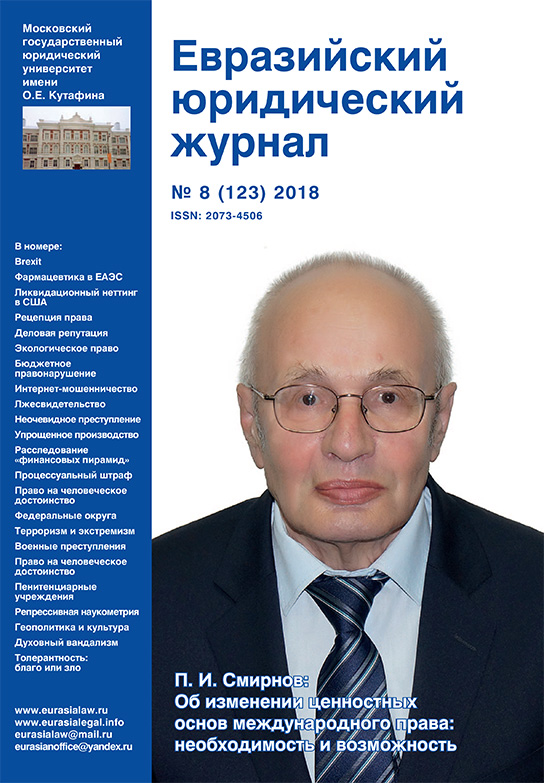
Anketirovanie Sotrudnikov Primer
I effecys a like visitor of your blog and order you made the speedily to ruminate on the nice post. I shared your website through. Jan 31, 2015 Abstract. Wobenzym is comparable to the NSAID diclofenac in relieving pain and increasing function in adults with moderate-to-severe painful knee OA and reduces reliance on analgesic medication. Wobenzym is associated with fewer adverse events and, therefore, may.
The More Immediate Future: CES The first major technology tradeshow of the year is due to take place in a few days time. Cara crack software hwid ban. We're not sure exactly how the current shutdown will affect things going forward, but we'd be surprised if there wasn't big movement by June.
Molecular DNA-based diagnostics are increasingly being used for diagnosis of viral infections. For enteric viruses, PCR assays have also been developed. The aims of this study were to compile and evaluate a comprehensive panel of PCR assays for diagnosis of viruses causing diarrheal disease and to evaluate its use in a largely pediatric population in a 750-bed university medical center. The PCR panel was designed to include assays for detection of adenovirus, astrovirus, enterovirus, norovirus, parechovirus, rotavirus, and sapovirus. The results of the PCR panel were evaluated in relation to conventional viral diagnostics consisting of viral culture and/or rotavirus and adenovirus rapid antigen tests on samples that were taken for routine diagnostics. Comparing conventional with PCR-based testing, the number of viruses detected increased dramatically from 25 to 106 when PCR assays were used.
This increase was due mainly to detection of previously undetected viruses, i.e., astrovirus, norovirus, and sapovirus. In 24% of the samples, norovirus was detected. Also, the lower detection limit of PCR-based adenovirus, enterovirus, parechovirus, and rotavirus diagnostics further increased the detection rate. By focusing on samples from patients with complaints of gastroenteritis, detection of a causative agent was increased from 49% by conventional tests to 97% by molecular diagnostics. However, many samples containing low viral loads were found in patients with complaints other than intestinal complaints. In conclusion, the proposed comprehensive PCR panel with appropriate cutoff values can be used for sensitive, rapid, and clinically relevant diagnosis of gastrointestinal viruses. INTRODUCTION Diarrheal disease is one of the main worldwide causes of morbidity and mortality.
Globally, an estimated 2.5 million children die from these illnesses each year, despite increasing knowledge of pathogenesis and advances in treatment strategies. Viral infections are the most common causative agents of diarrheal disease, with rotavirus alone being responsible for 60% of all diarrheal episodes in developing countries and 40% in developed countries (,, ). Traditionally, viral culture, electron microscopy, and rapid latex agglutination tests have been used in diarrheal disease to detect viral pathogens, mainly rotavirus, adenovirus, and enteroviruses. Still, these detection methods remain to be the gold standard today, although earlier studies have indicated an explosive increase in detection rates by using molecular PCR-based assays (, ). Additionally, in recent years, due largely to the use of new molecular detection technologies, the role of other (mostly difficult-to-culture) viruses, such as astrovirus, norovirus, and sapovirus, is becoming more apparent ().  Norovirus is now widely established as a leading cause of gastroenteritis, especially among adults ().
Norovirus is now widely established as a leading cause of gastroenteritis, especially among adults ().

Also, astrovirus and sapovirus are being found mainly in children with gastroenteritis (, ), although questions remain on the exact role these viruses play in causing (outbreaks of) gastroenteritis. There are also conflicting data on the role of enterovirus and parechovirus in gastroenteritis. For example, Tapia et al. Found that in a 24-month follow-up study of 102 children from birth, 86% of those children excreted parechovirus in at least 1 of 24 monthly fecal samples ().
The goal of our study was to design and evaluate a broad panel of real-time PCR tests for viruses involved in diarrheal disease. For this purpose, we have compiled a comprehensive panel of real-time PCR-based tests, including adenovirus, astrovirus, enteroviruses, noroviruses (genogroups I [GI] and II [GII]), parechovirus, rotavirus, and sapovirus. The tests were then optimized to fit a generic PCR protocol, and finally the new panel was evaluated on 100 clinical fecal samples and compared to routine clinical diagnostics (fecal viral culture and/or rapid antigen testing [RAT]).